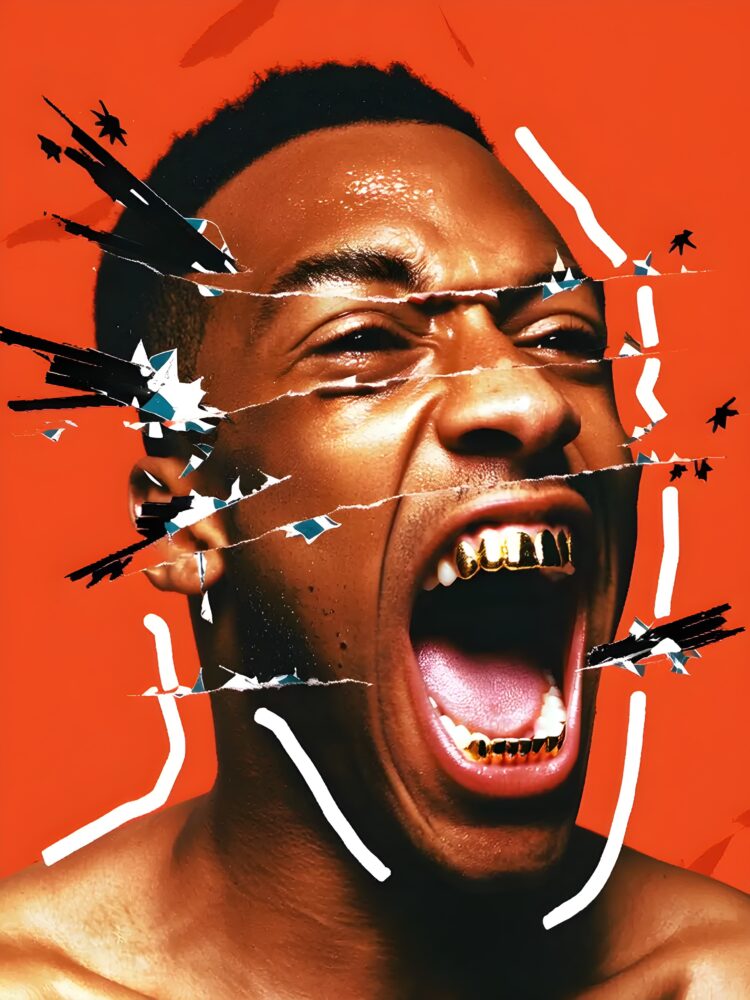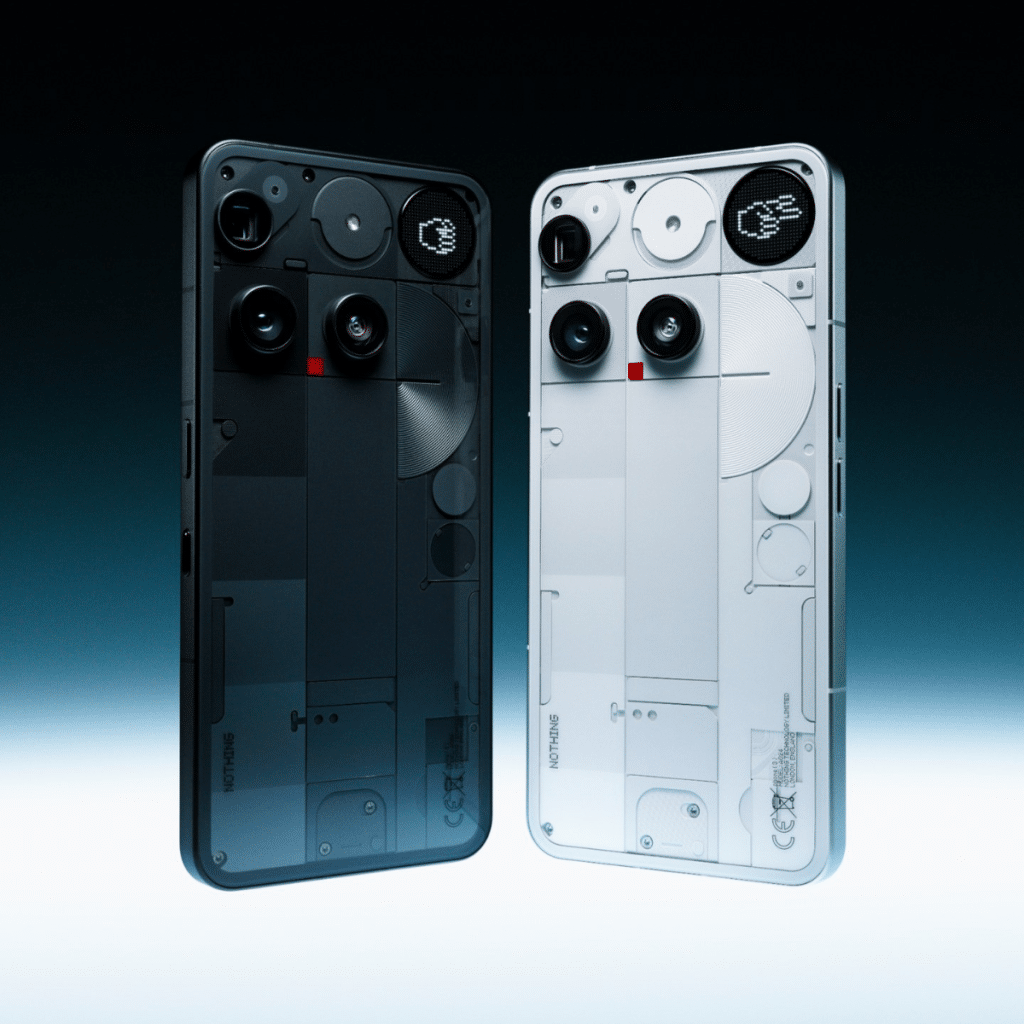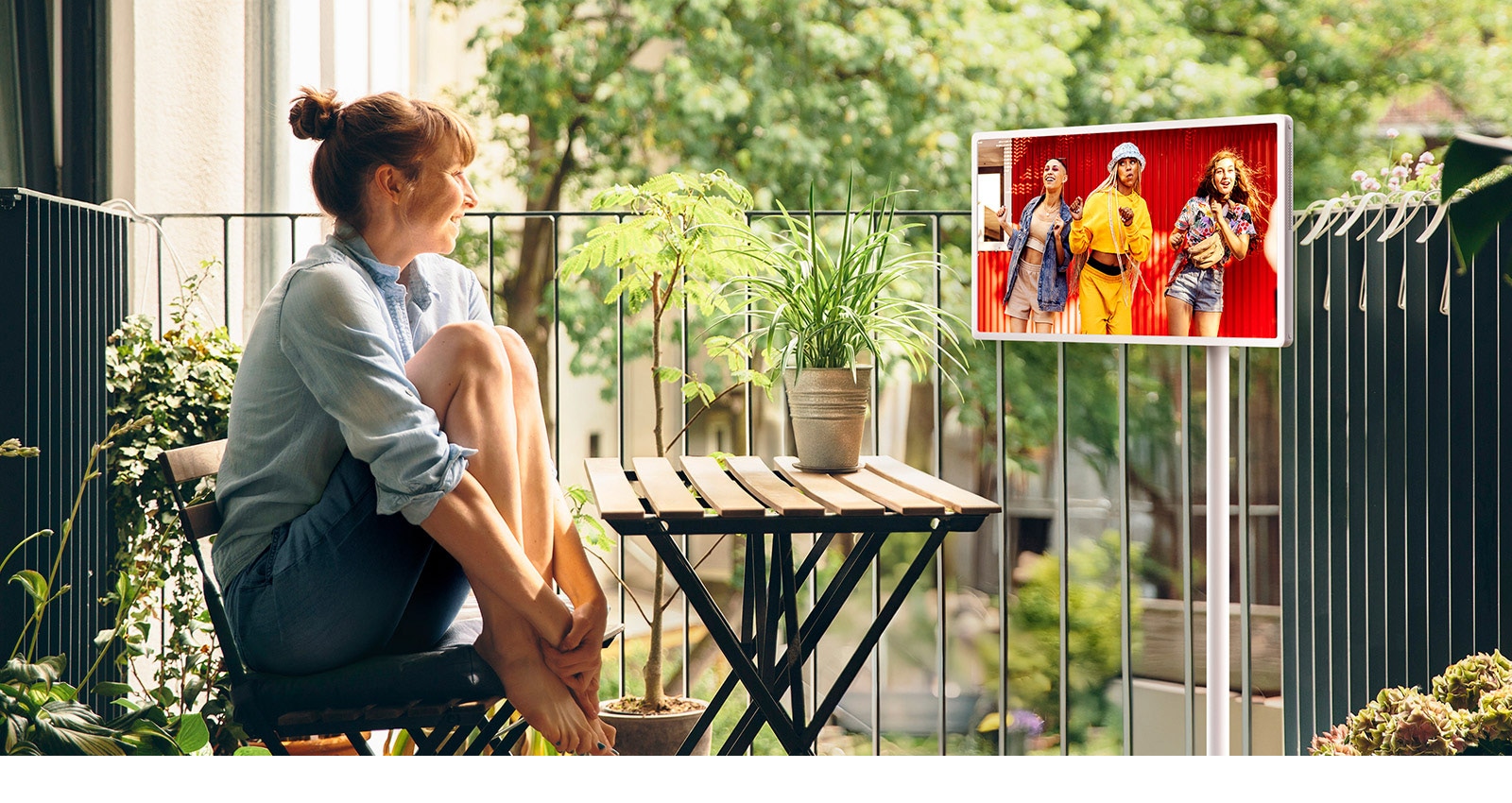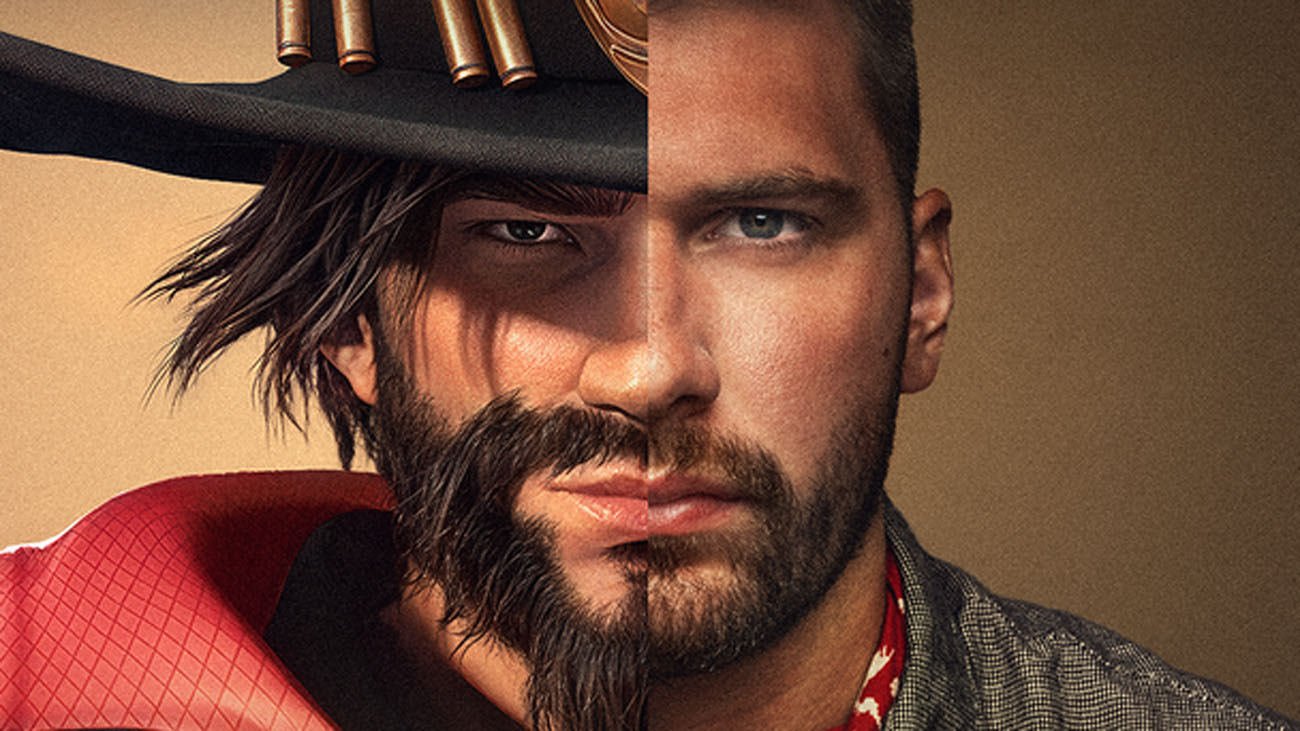Higgsfield has made its new AI image generation tool, Soul, available for free to users, following a surge in interest after its viral debut on social media. The company announced that anyone can now try Soul at no cost, although daily usage is limited without a subscription.
Soul distinguishes itself in an increasingly crowded market of AI image generators by prioritising photo-realistic outputs that resemble images captured by real cameras. Users have praised the platform for avoiding the artificial or plasticky look often associated with AI-generated visuals from other tools. The product supports standard text-to-image prompts but goes further with a suite of over 50 visual styles, enabling creators to generate images with specific aesthetic effects or camera-like realism without needing to detail each effect manually.
To use Soul for free, users can visit the Higgsfield website and access the Daily Free Soul Image Generations feature. After logging in, they can generate up to two images per day at no cost. For expanded daily usage, a premium subscription is available starting at $9 per month, which provides additional credits for higher-volume generation needs.
Like other leading AI generators such as ChatGPT’s image features and Google’s Veo 3 video platform, Higgsfield Soul operates through a prompt composer. Users enter descriptive instructions that guide the AI in creating visuals tailored to their specifications. They can define aspects such as model selection, aspect ratio, and overall image quality. Where Soul sets itself apart is its curated visual styles gallery, simplifying the process of achieving realistic lighting, texture, and compositional effects commonly found in real photography.
For example, one sample prompt highlighted on Higgsfield’s website requests a candid urban street photo featuring two individuals in futuristic mirrored visors and iridescent parkas, standing against a graffitied wall with detailed reflective chrome typography and realistic concrete textures. The final generated image accurately reflects these specifications, demonstrating Soul’s ability to render complex visual scenarios with nuanced lighting and environmental details.
While prompts can be as detailed as the user requires, Soul accommodates shorter prompts too, though these may result in less precise outcomes. By default, the prompt composer loads with a simple “surprise me” instruction for quick experimentation. Users on the free tier should note that daily credits are limited, and once used, they will need to wait until the following day to generate new images unless they upgrade to a paid plan.
The introduction of Soul’s free access is likely to broaden its adoption among designers, marketers, and content creators seeking realistic AI-generated visuals without upfront costs. Its approach to replicating authentic photographic aesthetics positions Higgsfield as a notable entrant in the AI content creation market, catering to professionals who require outputs that integrate seamlessly into brand visuals or editorial storytelling.
As AI image generators continue to evolve, platforms like Soul that prioritise realism and ease of use are expected to play an increasingly significant role in workflows, from social media content to product marketing and digital art projects. Whether its early success translates into long-term market impact will depend on user feedback and how effectively it scales its free-to-premium offering in the months ahead.






